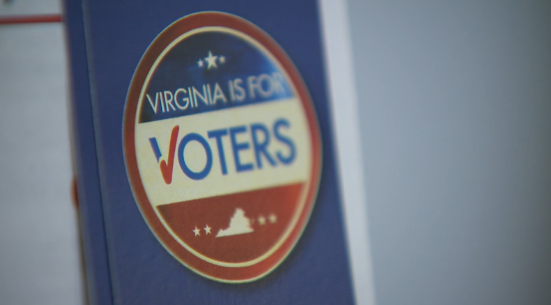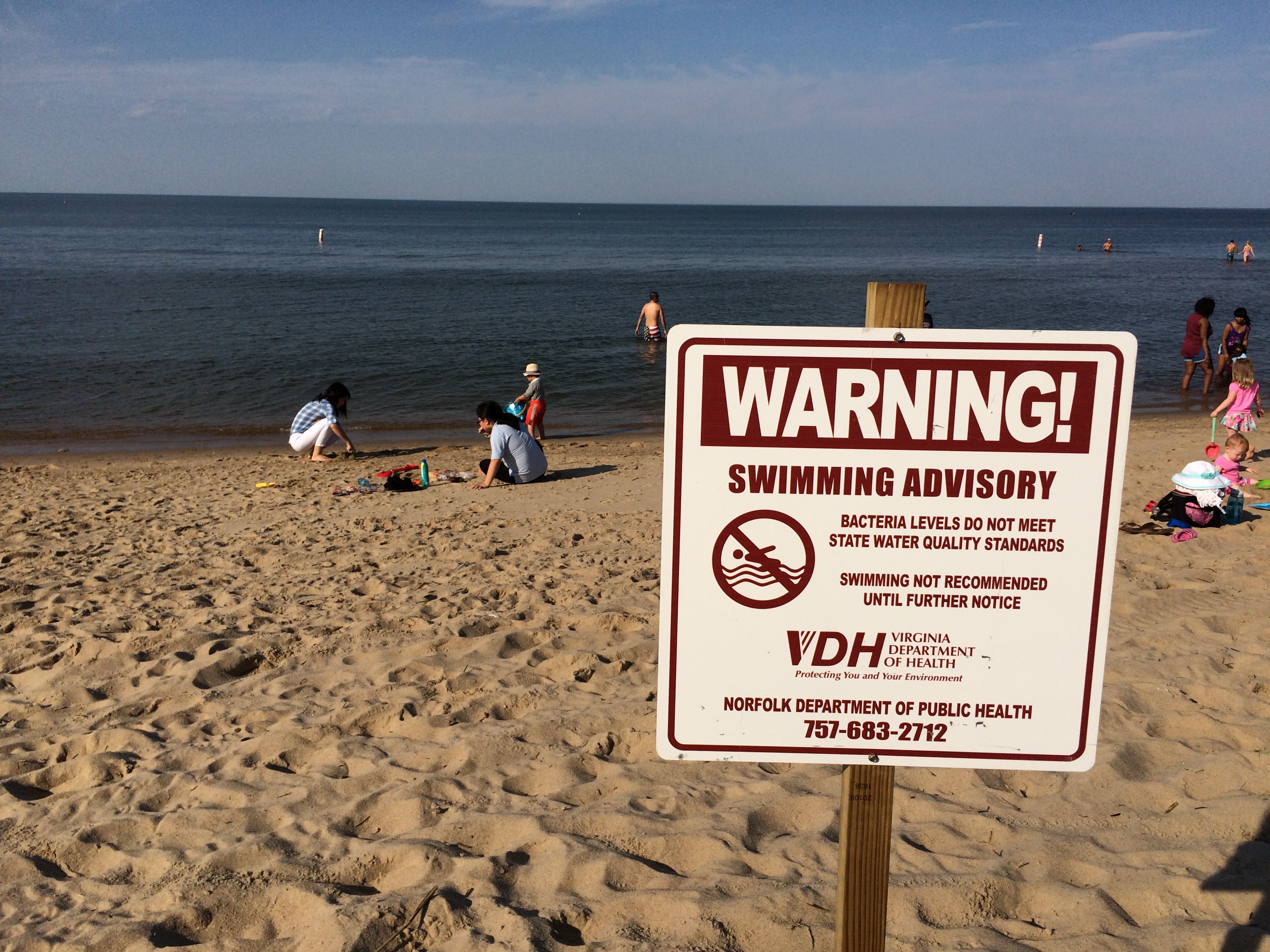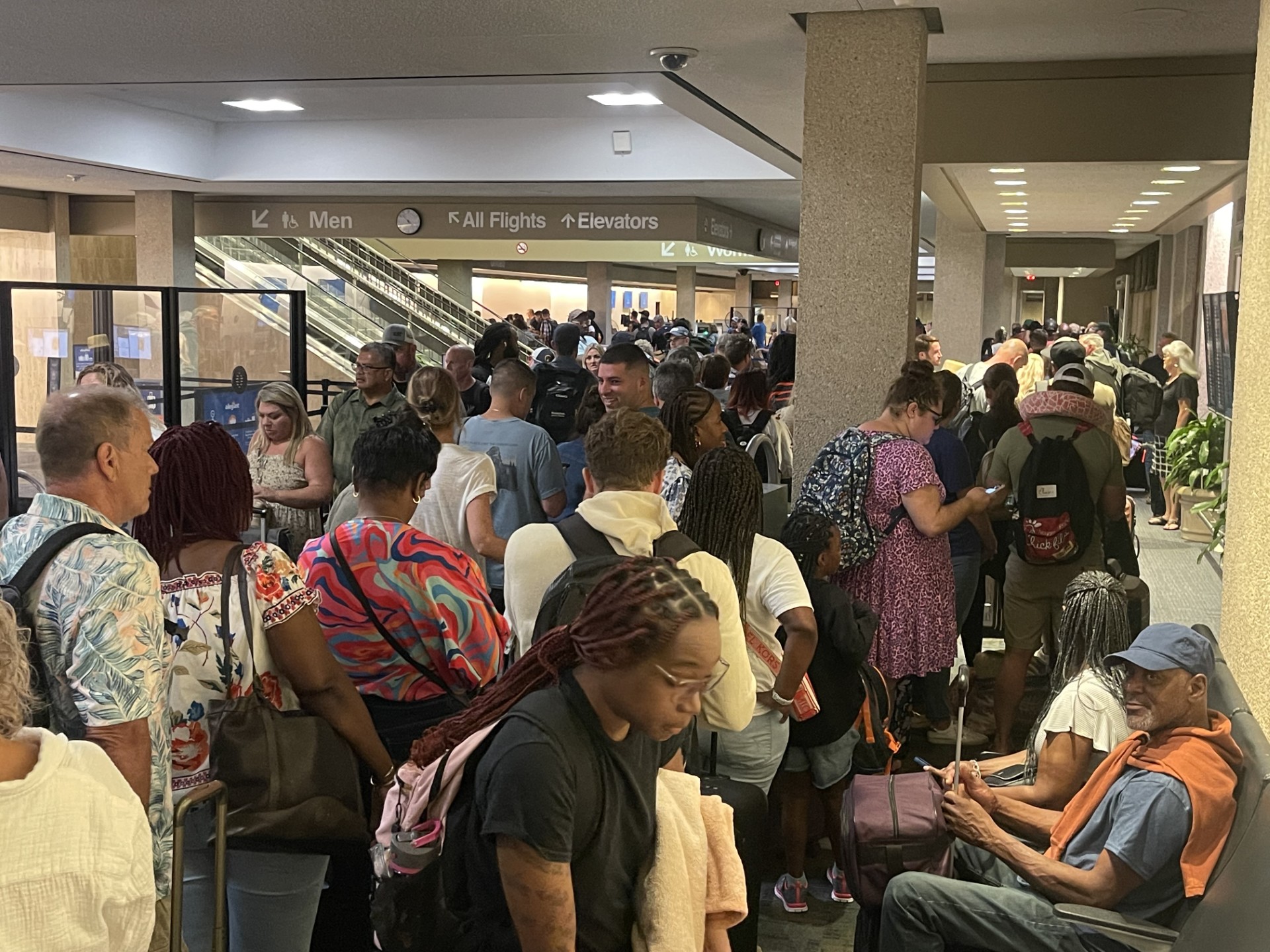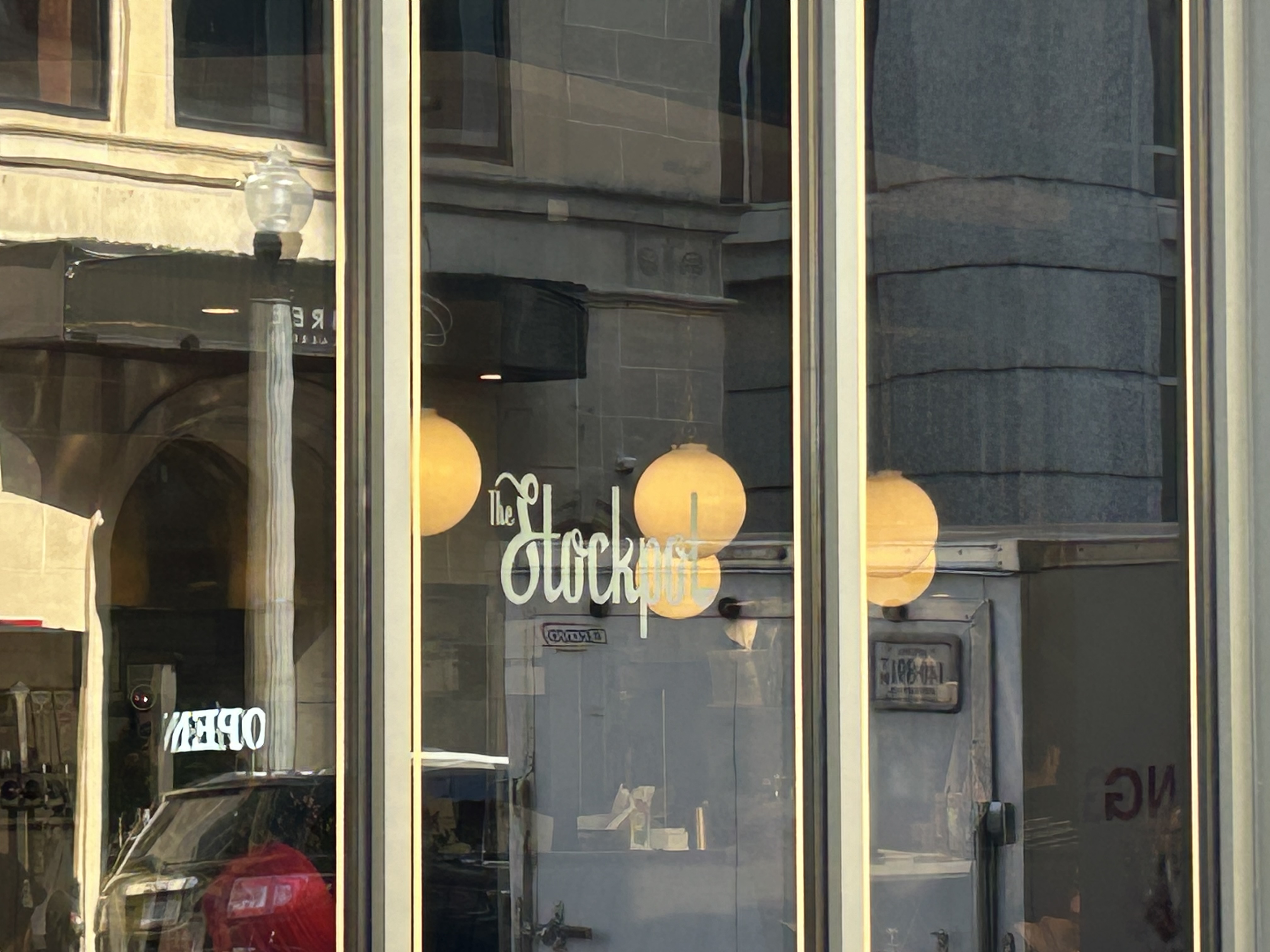WELLINGTON, New Zealand (AP) — A proposed law that would redefine New Zealand’s founding treaty between the British Crown and Māori chiefs has triggered political turmoil and a march by thousands of people the length of the country to Parliament to protest it.
The bill is never expected to become law. But it has become a flashpoint on race relations and a critical moment in the fraught 180-year-old conversation about how New Zealand should honor its promises to Indigenous people when the country was colonized -– and what those promises are.
Tens of thousands are expected to throng the capital, Wellington, for the final stretch of the weeklong protest march on Tuesday. It follows a Māori tradition of hīkoi, or walking, to bring attention to breaches of the 1840 Treaty of Waitangi.
Why is a 180-year-old treaty being debated?
Considered New Zealand’s founding document, the treaty was signed between representatives of the British Crown and 500 Māori chiefs during colonization. It laid out principles guiding the relationship between the Crown and Māori, in two versions -– one in English and the other in Māori.
It promised Māori the rights and privileges of British citizens, but the English and Māori versions differed on what power the chiefs were ceding over their affairs, lands and autonomy.
Over decades, the Crown breached both versions. By the mid-20th century, Māori language and culture had dwindled -– Indigenous people were often barred from practicing it — tribal land was confiscated and Māori were disadvantaged in many metrics.
How were treaty rights revived?
Prompted by a surging Māori protest movement, for the past 50 years the courts of New Zealand, lawmakers and the Waitangi Tribunal -– a permanent body set up to adjudicate treaty matters -– have navigated the differences in the treaty’s versions and tried to redress breaches by constructing the meaning of the treaty’s principles in their decisions.
Those principles are intended to be flexible but are commonly described as partnership with the Crown, protection of Māori interests and participation in decision-making.
While Māori remain disenfranchised in many ways, the weaving of treaty recognition through law and attempts at redress have changed the fabric of society since then. Māori language has experienced a renaissance, and everyday words are now commonplace -– even among non-Māori. Policies have been enacted to target disparities Māori commonly face.
Billions of dollars in settlements have been negotiated between the Crown and tribes for breaches of the treaty, particularly the widespread expropriation of Māori land and natural resources.
Why is there fresh debate?
Some New Zealanders, however, are unhappy with redress. They have found a champion in lawmaker David Seymour, the leader of a minor libertarian political party which won less than 9% of the vote in last year’s election -– but scored outsized influence for its agenda as part of a governing agreement.
Seymour‘s proposed law would set specific definitions of the treaty’s principles, and would apply them to all New Zealanders, not only to Māori. He says piecemeal construction of the treaty’s meaning has left a vacuum and has given Māori special treatment.
His bill is widely opposed — by left- and right-wing former prime ministers, 40 of the country’s most senior lawyers, and thousands of Māori and non-Māori New Zealanders who are walking the length of the country in protest.
Seymour’s bill is not expected to pass its final reading. It cleared a first vote on Thursday due to a political deal, but most of those who endorsed it are not expected to do so again.
Detractors say the bill threatens constitutional upheaval and would remove rights promised in the treaty that are now enshrined in law. Critics have also lambasted Seymour -– who is Māori -– for provoking backlash against Indigenous people.
Why are protesters marching?
Peaceful walking protests are a Māori tradition and have occurred before at crucial times during the national conversation about treaty rights.
Police in the country of 5 million people say they expect 30,000 to march across Wellington to Parliament on Tuesday. Crowds of up to 10,000 people have joined the march in cities en route to Wellington.
Many are marching to oppose Seymour’s bill. But others are protesting a range of policies from the center-right government on Māori affairs -– including an order, prompted by Seymour, that public agencies should no longer target policies to specifically redress Māori inequities.





























































